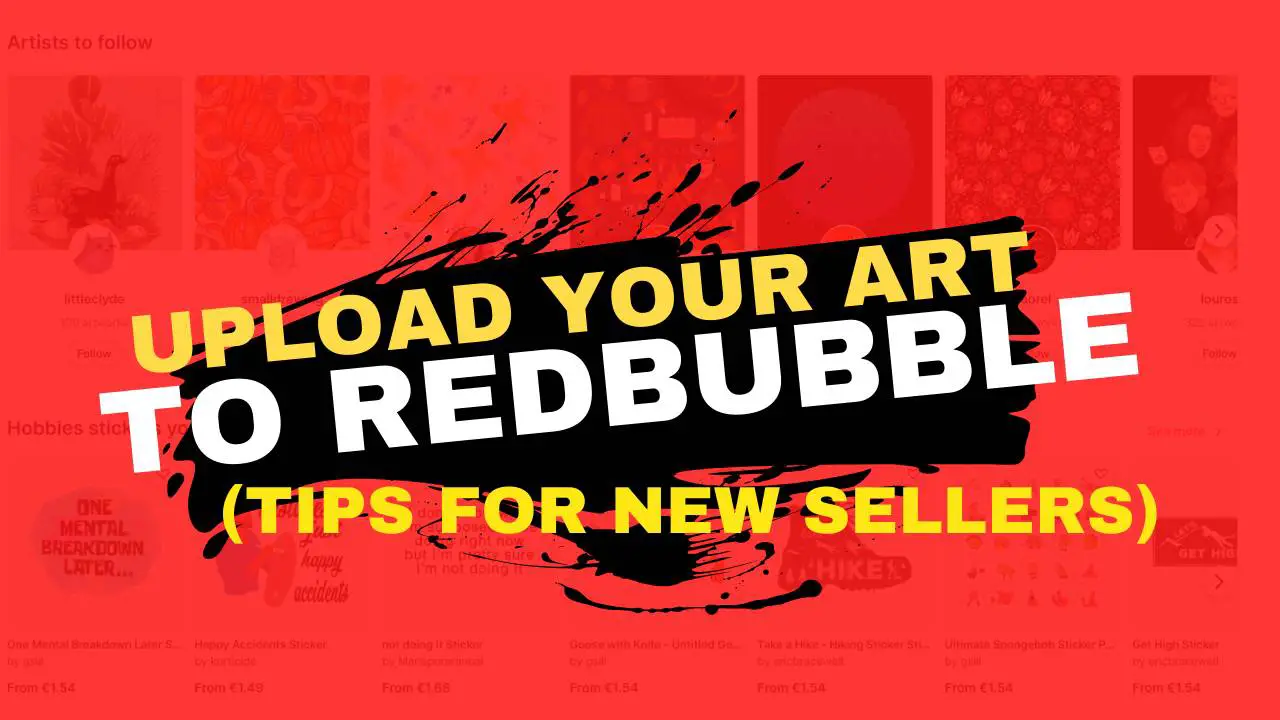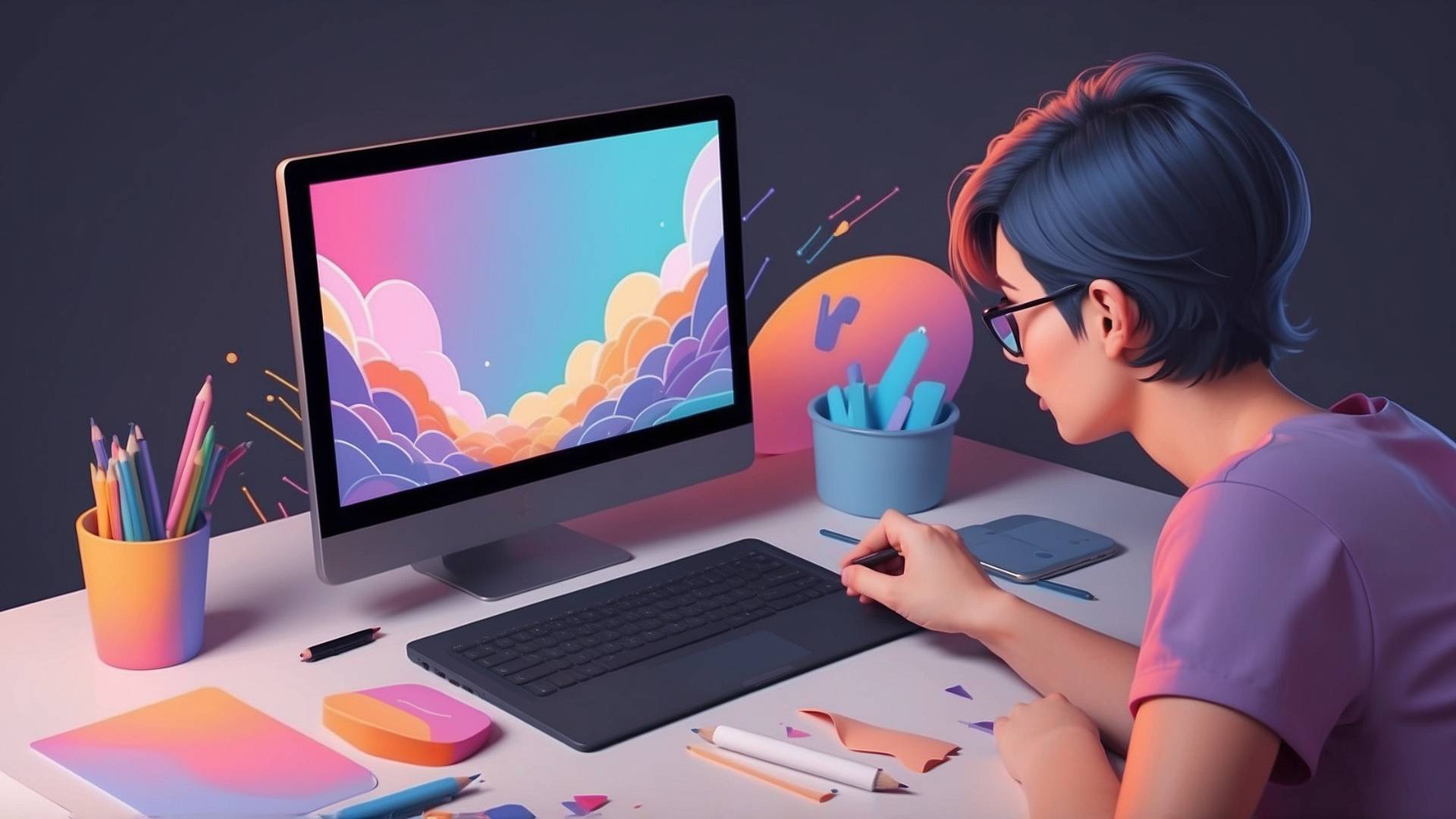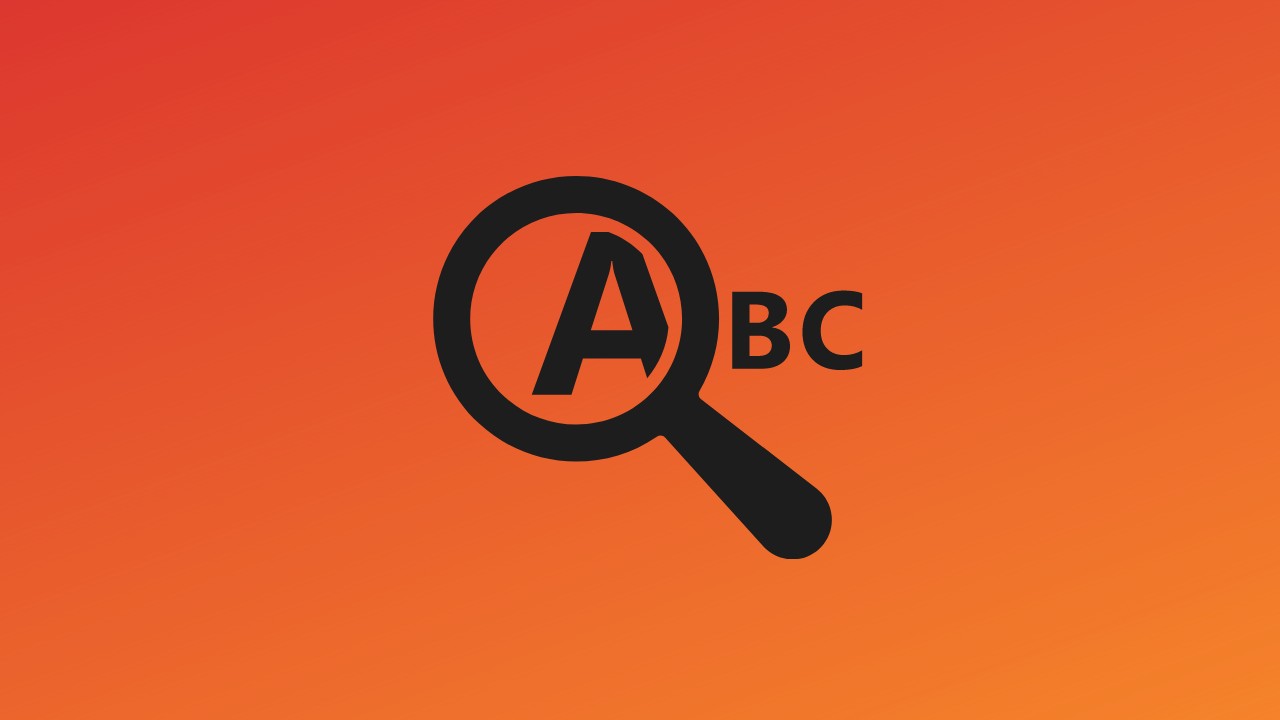I want to share my journey as a graphic designer who sells on Etsy and Redbubble.
I love creating designs for different products.
It makes me happy when people like my work and buy it.
But there is one important thing I have learned.
To make your designs shine on many products, you must pay attention to size.
I want to help you understand how to make your artwork look great everywhere.
Why Size Matters in Graphic Design
Imagine a t-shirt with a tiny design.
It may look… silly.
Or imagine a picture of a mug with a blurry image.
You would not want to drink from that mug.
- Size affects how your designs appear on different products. If your artwork is too small or too large, it may not look good.
When you optimize your design sizes, you make sure your artwork fits perfectly.
This means happy customers.
And happy customers come back to buy more.
Let’s explore how you can create beautiful designs for various products.
Know Your Products
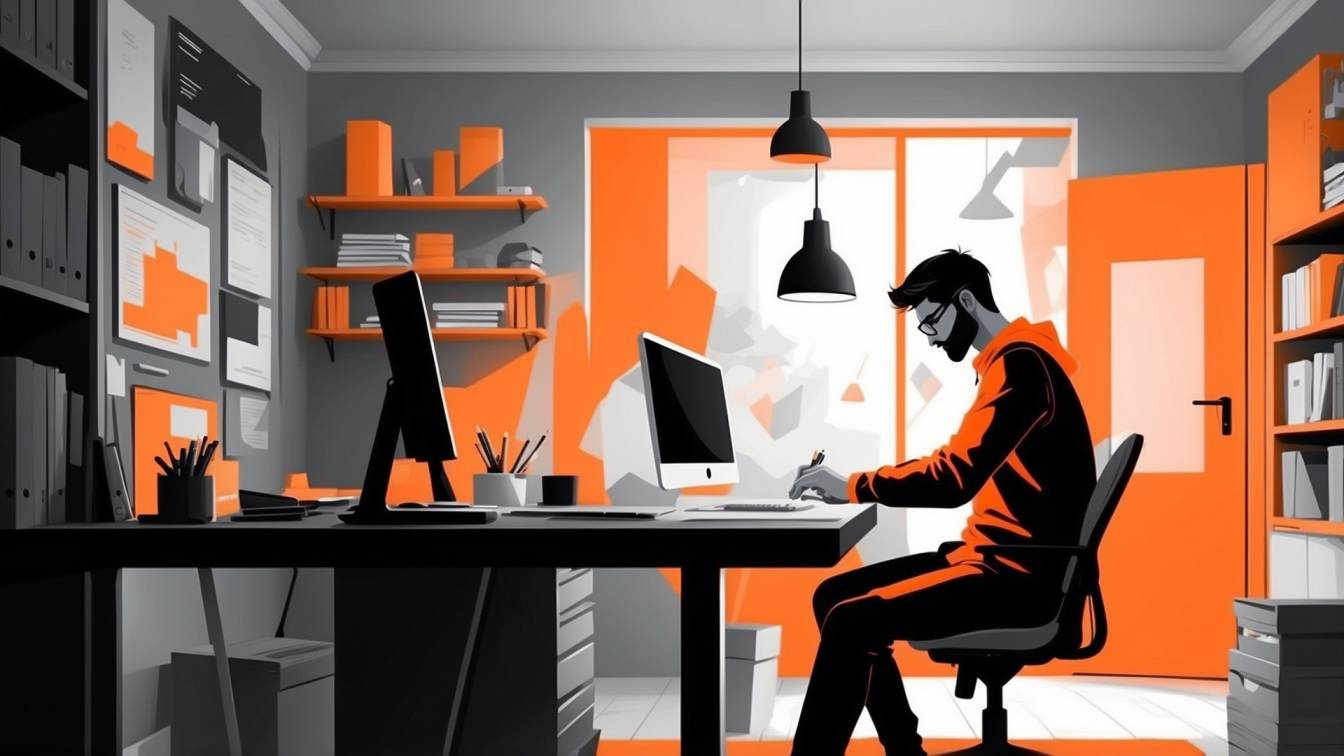
First, you need to know what products you want to design.
Will you sell your designs on t-shirts, mugs, pillows, or something else?
Each product has its own size and shape. Knowing this helps you decide how big your design should be.
For example, t-shirts need larger designs.
A size of about 4500 pixels wide by 5400 pixels tall works well.
This size looks great on most t-shirts.
It allows you to create a design that people will love.
On the other hand, mugs need smaller designs.
A good size is around 2700 pixels wide by 1125 pixels tall. This size fits perfectly on a mug.
Before you start designing, make a list of the products you want to sell.
Then, check the recommended sizes for each one. Many print-on-demand services provide this information.
Having these sizes in mind will help you later.
What Should You Know
For successful print-on-demand (designs, understanding product-specific dimensions is essential.
Each product type (whether a t-shirt, mug, or pillow) requires specific sizing to look its best.
Start with high-quality images, typically at 300 DPI, to avoid blurriness and maintain clarity.
Consider your audience and product type: bright colors work for some, while more muted tones might appeal elsewhere.
Finally, make each design for multiple products to give customers more choices while ensuring each item maintains design integrity.
Create High-Quality Designs
Now that you know your products, it is time to create your designs.
Start with a high-quality image. I always use 300 DPI (dots per inch) for my artwork.
This means that your designs will be sharp and clear.
If you use a lower DPI, your design may look blurry when printed. That will not make your customers happy.
To create high-quality designs, you can use programs like Adobe Illustrator, Photoshop, or free tools like Canva.
These programs allow you to create beautiful artwork.
Start with a blank canvas using the recommended size for your product. Then, add your colors, images, and text.
Do not forget about colors!
Bright, vibrant colors often catch people’s eyes.
They can make your design stand out. But be careful. Some colors may look different when printed.
Always check how your colors appear on the screen. If you can, order a sample of your design. This way, you can see how it looks in real life.
Think About Your Audience
When you create designs, think about who will buy them.
What do they like? What colors do they prefer? What themes are popular?
If you want to sell T-shirts for kids, bright colors and fun characters will work.
For adults, consider designs with quotes or abstract art.
You can also look at what other sellers are doing.
Search Etsy for inspiration.
But remember, do not copy someone else’s work. Use their ideas as a starting point. Make your design unique.
Engaging with your audience is also important.
Ask them what they like.
You can do this through social media or Etsy. Understanding their preferences will help you create designs that sell.
Optimize for Multiple Products
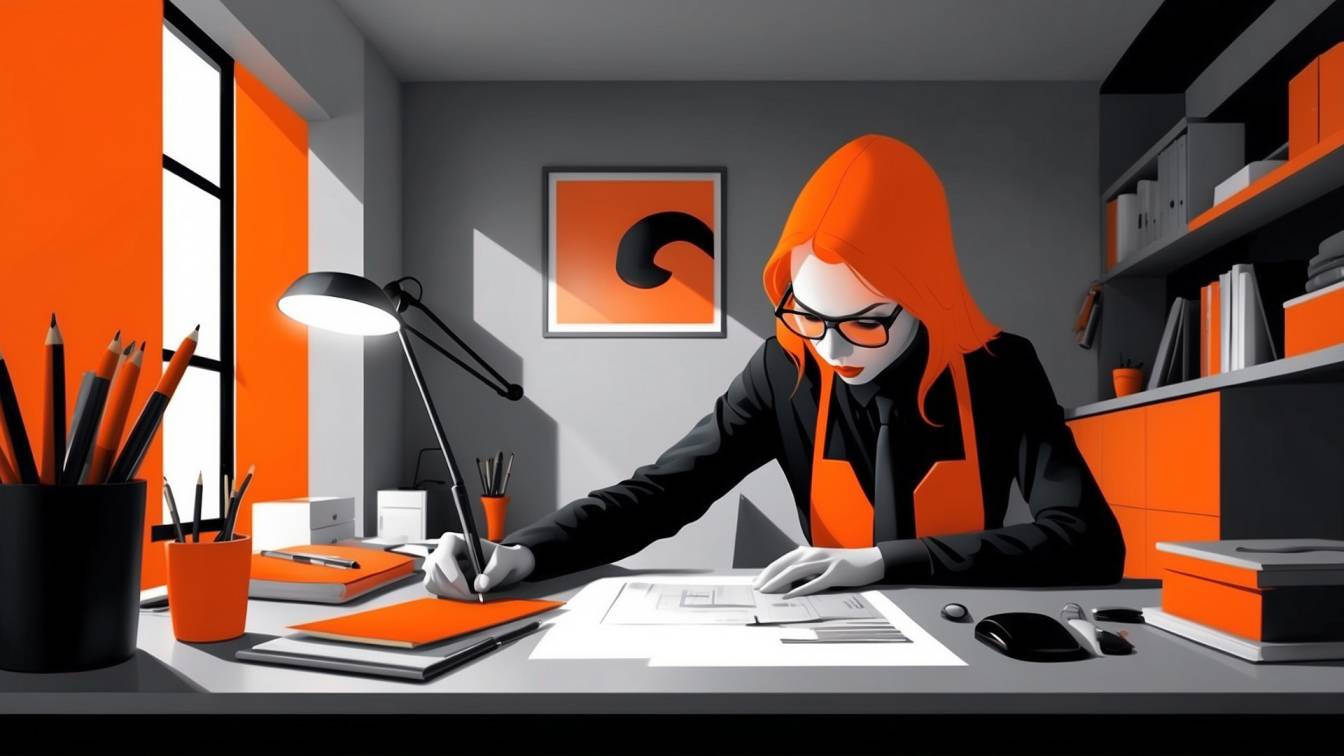
You may want to sell your design on many products.
This is a smart idea.
It gives customers choices. But to do this well, you must adjust your artwork size for each product.
Start with a master design. This is your main artwork.
From there, create different versions for each product.
- For example, take your t-shirt design and adjust it for a mug. You may need to change the size or move elements around. Make sure it looks great on each item.
- For pillows, you will need larger designs. I often use around 3600 pixels by 3600 pixels for square pillows.
- For blankets, I might use 7500 pixels by 9000 pixels. This is larger than for T-shirts but will look amazing on a blanket.
Adjusting your design for each product may take time.
But it is worth it. Each product will look great. You will feel proud of your work.
Ideal Dimensions For Popular POD Products
When I create a graphic design, I often choose 4500 x 5400 pixels or 5000 x 8000 pixels.
When you vectorize such designs (SVG format) and then convert them to PNG quality accepted by most POD marketplaces or fulfillment services, you can resize the designs to be larger or smaller.
This way, you can fit that graphic design to most of the products.
But if you want to add your design just for a specific product, this should help you.
T-Shirts
- Ideal Dimensions: 4500 x 5400 pixels (at 300 DPI)
- Notes: This size ensures your design fits well on various T-shirt sizes (S to XXL) without losing detail. It’s also a safe size for other clothing like hoodies and sweatshirts.
Mugs
- 11 oz Mug: 2700 x 1125 pixels (at 300 DPI)
- 15 oz Mug: 3150 x 1350 pixels (at 300 DPI)
- Notes: You’ll need to adjust slightly depending on the mug size. The wraparound design should cover the area fully.
Pillows
- Throw Pillow (16″ x 16″): 3600 x 3600 pixels (at 300 DPI)
- Throw Pillow (18″ x 18″): 4050 x 4050 pixels (at 300 DPI)
- Throw Pillow (20″ x 20″): 4500 x 4500 pixels (at 300 DPI)
- Notes: Design with some bleed in mind so it looks seamless when printed and sewn together.
Blankets
- Fleece Blanket (50″ x 60″): 7500 x 9000 pixels (at 150 DPI)
- Fleece Blanket (60″ x 80″): 9000 x 12000 pixels (at 150 DPI)
- Notes: Blankets are printed large, but 150 DPI is often acceptable for large-format items due to the viewing distance.
Phone Cases
- iPhone/Android Cases: 1125 x 2175 pixels (at 300 DPI)
- Notes: Dimensions may vary slightly depending on the phone model. Ensure important parts of the design avoid edges or cutout areas (like the camera hole).
Tote Bags
- Small (13″ x 13″): 3300 x 3300 pixels (at 300 DPI)
- Medium (16″ x 16″): 3900 x 3900 pixels (at 300 DPI)
- Large (18″ x 18″): 4500 x 4500 pixels (at 300 DPI)
- Notes: Tote bags often need the design to cover the entire area with a bleed area for sewing.
Posters/Wall Art
- Small (12″ x 18″): 3600 x 5400 pixels (at 300 DPI)
- Medium (18″ x 24″): 5400 x 7200 pixels (at 300 DPI)
- Large (24″ x 36″): 7200 x 10800 pixels (at 300 DPI)
- Notes: Stick to 300 DPI for high-resolution printing, especially for posters, as they are viewed up close.
Stickers
- Small (3″ x 3″): 900 x 900 pixels (at 300 DPI)
- Medium (5″ x 5″): 1500 x 1500 pixels (at 300 DPI)
- Large (8″ x 8″): 2400 x 2400 pixels (at 300 DPI)
- Notes: Stickers usually have a bleed margin, so keep essential parts of the design away from the edges.
Notebooks
- Notebook Cover (5.5″ x 8.5″): 1650 x 2550 pixels (at 300 DPI)
- Notes: Keep in mind any spiral binding or hardcover might cut into the edge of your design.
Shower Curtains
- Standard Size (71″ x 74″): 10650 x 11100 pixels (at 150 DPI)
- Notes: Large designs for shower curtains, but 150 DPI is usually sufficient due to the large viewing distance.
Leggings
- All-over Print (Waist-to-Ankle): 4500 x 5700 pixels (at 300 DPI)
- Notes: Ensure the design can stretch and look continuous without obvious breaks when printed across multiple panels of fabric.
Creating designs for multiple products is necessary when you are using POD marketplaces like Redbubble, Merch by Amazon, or TeePublic.
If you are selling on Etsy, I highly recommend starting with only one or two products.
However, you should invest your time and optimize your artwork size. Know the right dimensions for each product.
FAQs
Why does design size matter?
Design size affects the clarity and fit of POD items. Properly sized images prevent distortion, ensuring your designs appear professional and appealing.
What DPI is best for POD designs?
A 300 DPI resolution is ideal for most products, offering sharp, clear images that maintain quality across different items.
Should I use different sizes for each product?
Yes, each product has recommended dimensions. For example, t-shirts typically use 4500×5400 pixels, while mugs are closer to 2700×1125 pixels.
What software is recommended for creating POD designs?
Adobe Illustrator and Photoshop are popular, but Canva also works well for beginners seeking to create high-quality designs.
How can I ensure my colors print accurately?
Bright colors draw attention but may print differently. Ordering samples is a good way to see how designs appear in real life.
How do I adapt designs for multiple products?
Start with a master design, then resize and adjust for each product’s recommended dimensions to maintain consistency across items.
Why should I consider my audience when designing?
Understanding buyer preferences (e.g., vibrant colors for kids, subtle designs for adults) can improve appeal and boost sales.
Recommended Tools For Etsy
Design Nexus newsletter – Get simplified Etsy tips and modern marketing strategies — plus a free Digital Product Starter Kit!
Creative But Fine newsletter – This is your source if you want more detailed guides about Etsy and graphic design.
I have made an entire section of helpful and mostly free tools you can use to build a successful online business on Etsy. See the tools here.
Kittl – A go-to place for any person, who wants to make money with print-on-demand on Etsy.
Creative Fabrica. They have millions of cheap graphics that can elevate your t-shirt design.
Vectorizer – This tool transforms your image into a vector with seconds. scalable without losing the quality.
Disclosure: Some of the links above may contain affiliate partnerships, meaning, at no additional cost to you, NechEmpire may earn a commission if you click through to make a purchase.
- How To Remove Background In Canva Mobile App - September 4, 2025
- How to Detach Image From Background on Canva Mobile - September 4, 2025
- How to Add Ruler And Guides in Canva Mobile App - September 3, 2025



